In the past, people worked hard at these sites; today, they marvel, hike and swim there: three industrial heritage sites to touch in North Rhine-Westphalia. Dude, let's have a look!
Table of contents
1. Still a long way from shift
2. Park Fiction
3. Hop On!

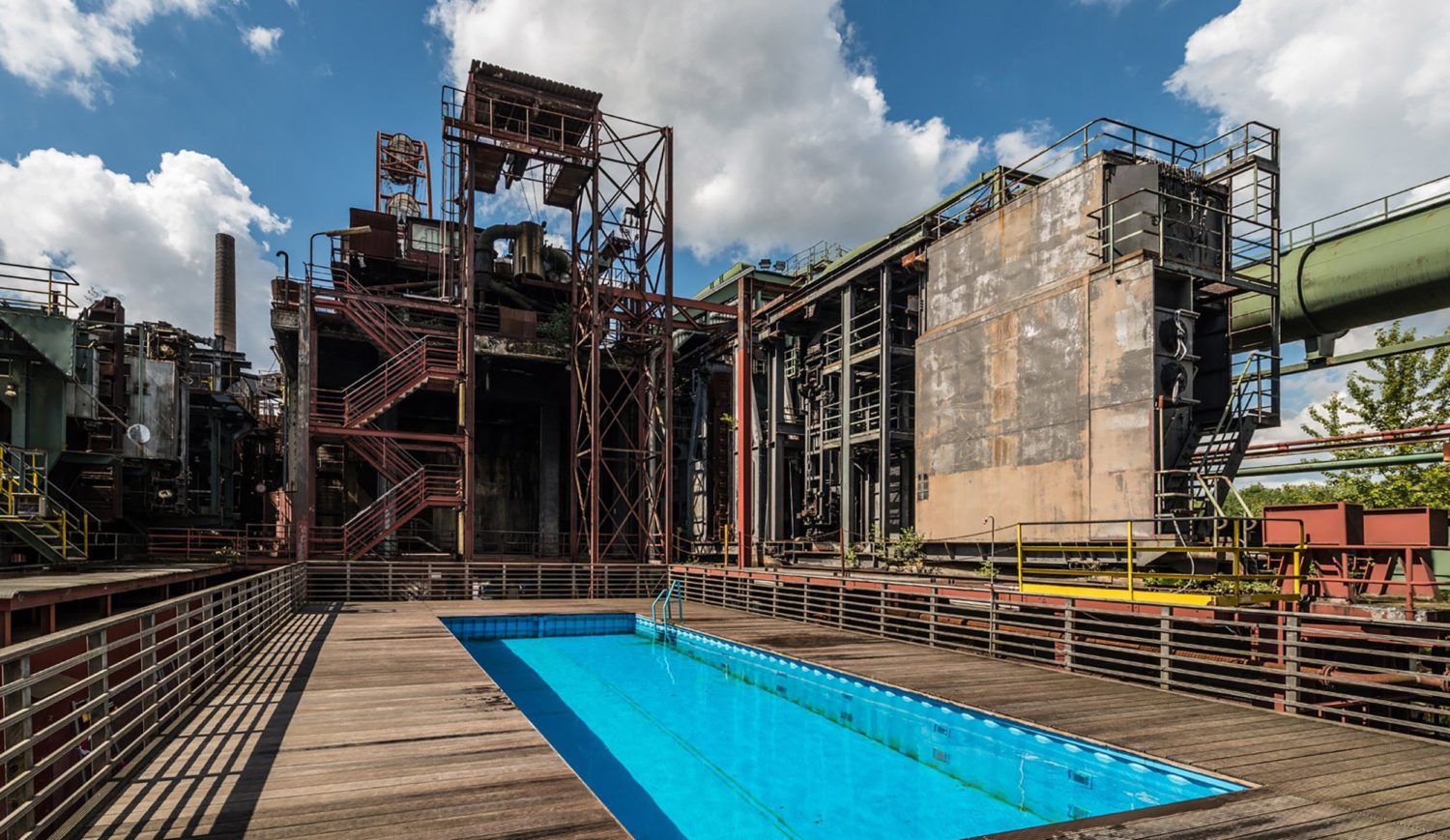
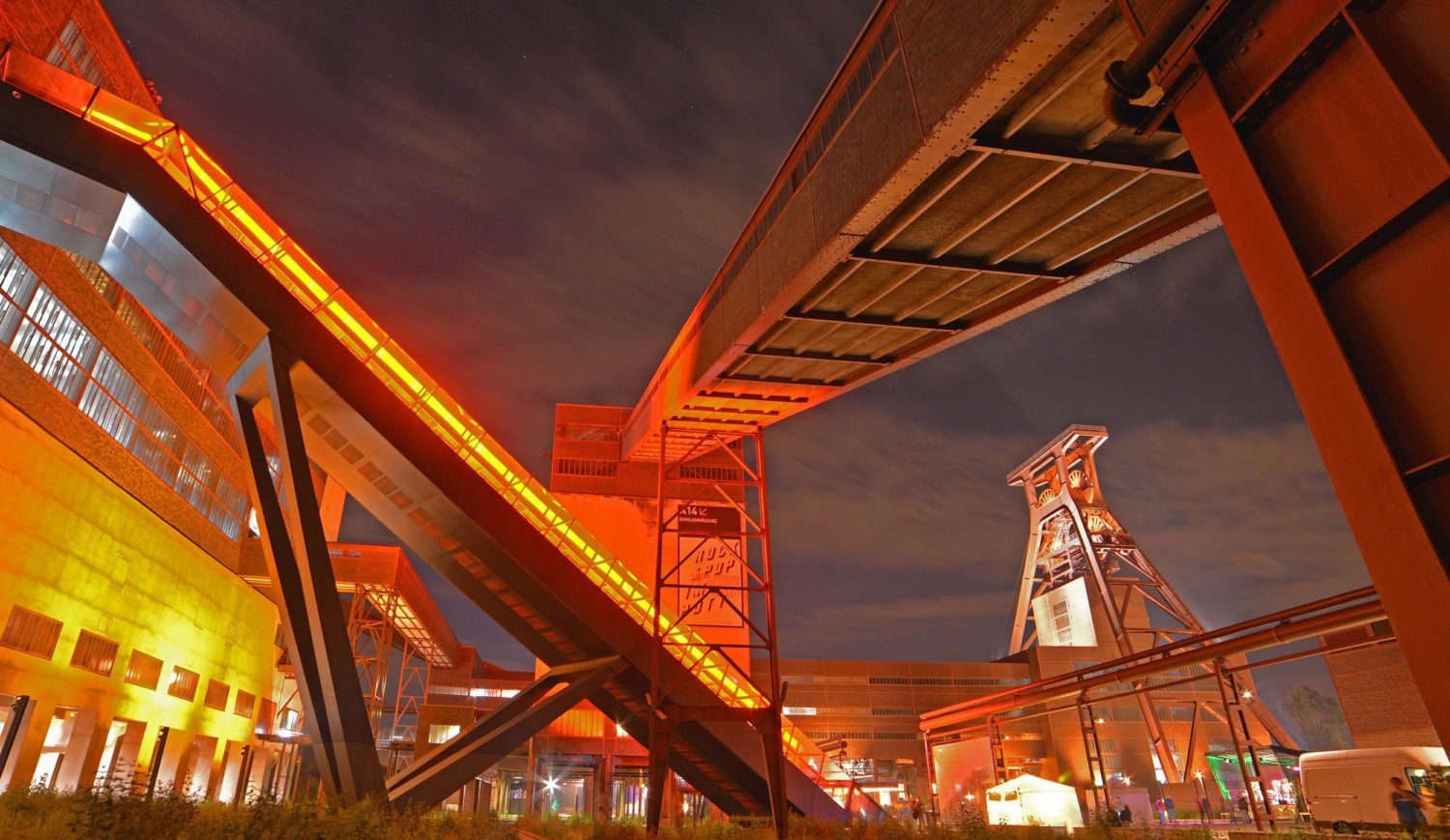
Essen was once home to the largest and most productive coal mine in the world: The Zollverein Colliery, the black cream of the Krupp empire with a gigantic output of 12,000 tons mined per day. The mine, which was closed in 1986, has long been a UNESCO World Heritage Site. Impressive, good to know - but alone no reason to visit this huge industrial juggernaut regularly. But in the meantime, the Zollverein coal mine is not only a popular destination for vacationers from all over the world who want to see how living new worlds have been created from disused ruins in the Pott region. No, the Zollverein coal mine is also a constant longing destination for the people of the Ruhr region itself, who have gladly and proudly gone along with the transformation from a painter's juggernaut to a cultural all-rounder's arena. Today, the Zollverein colliery is not only a piece of home, Ruhr history and coal folklore, but also: open-air swimming pool. Ice skating rink. Ferris wheel. Artist's studio. Art gallery. Concert hall. Museum. Restaurant. Design hotel. Or simply: culture and quality of life at your fingertips. In this 360° tour you can take a look at the Zeche Zollverein. So our conclusion: This shaft is far from being finished.
This is how you get to the Zollverein colliery by train: Plan arrival.
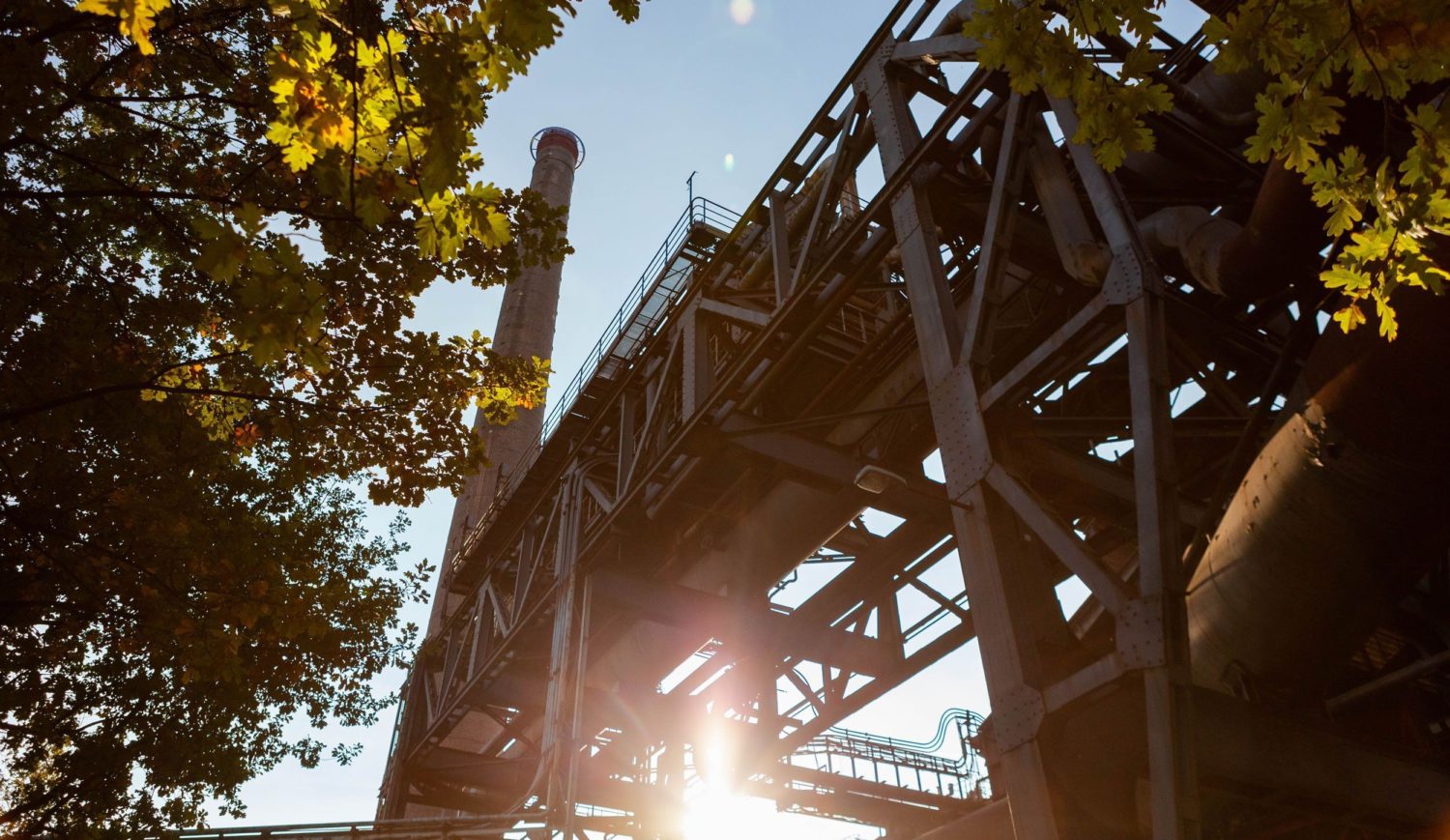

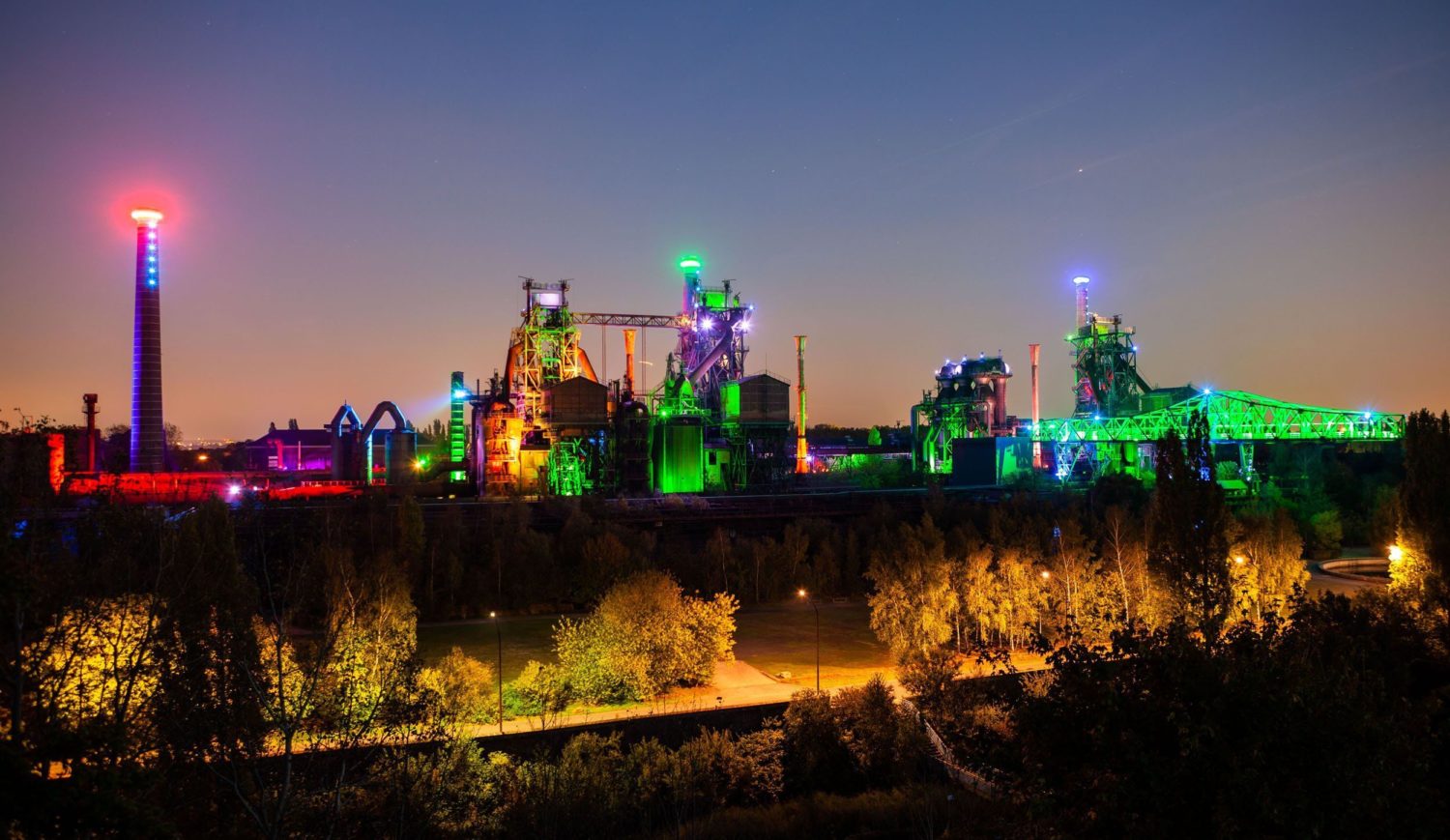
Blast furnace No. 5 was responsible for the atmosphere in the north of Duisburg until the 1980s. It was not until April 1985 that the Meiderich iron and steel works closed its doors, leaving behind not only enormous brick ruins and surreal-looking machinery but also a 180-hectare wasteland with no future. Dead bricks, dreary aura - a sad story without a happy ending? Not really. 35 years later, this typically traditional blast furnace site in the Ruhr region has become an adventure playground for people who combine curiosity, playfulness and a need for emotional cultural mediation. Okay, one size smaller: The Duisburg-North Landscape Park has become a synthesis of the arts consisting of a natural spectacle, a sports facility and a chill-out area. Skaters and mountain bikers feel just as much at home here as pontoon traditionalists, who are guided through the mysterious steel vaults of the former ironworks on weekends as part of romantic torchlight tours. The futuristic Tauchgasometer is considered the largest indoor diving facility in Europe - and this high-wire course over swaying stainless steel bridges in a former casting hall is unlikely to be found in this form a second time. In the Duisburg-Nord Landscape Park, secret gardens, instructive circular routes, exhibition rooms and, especially for nature nerds, even a teaching and learning farm await astonished visitors. Our fitting conclusion, borrowed from old Schiller: "The old falls, time changes, and new life blossoms from the ruins." Word.
This is how you get to the Landschaftspark Duisburg-Nord by train: Plan arrival.

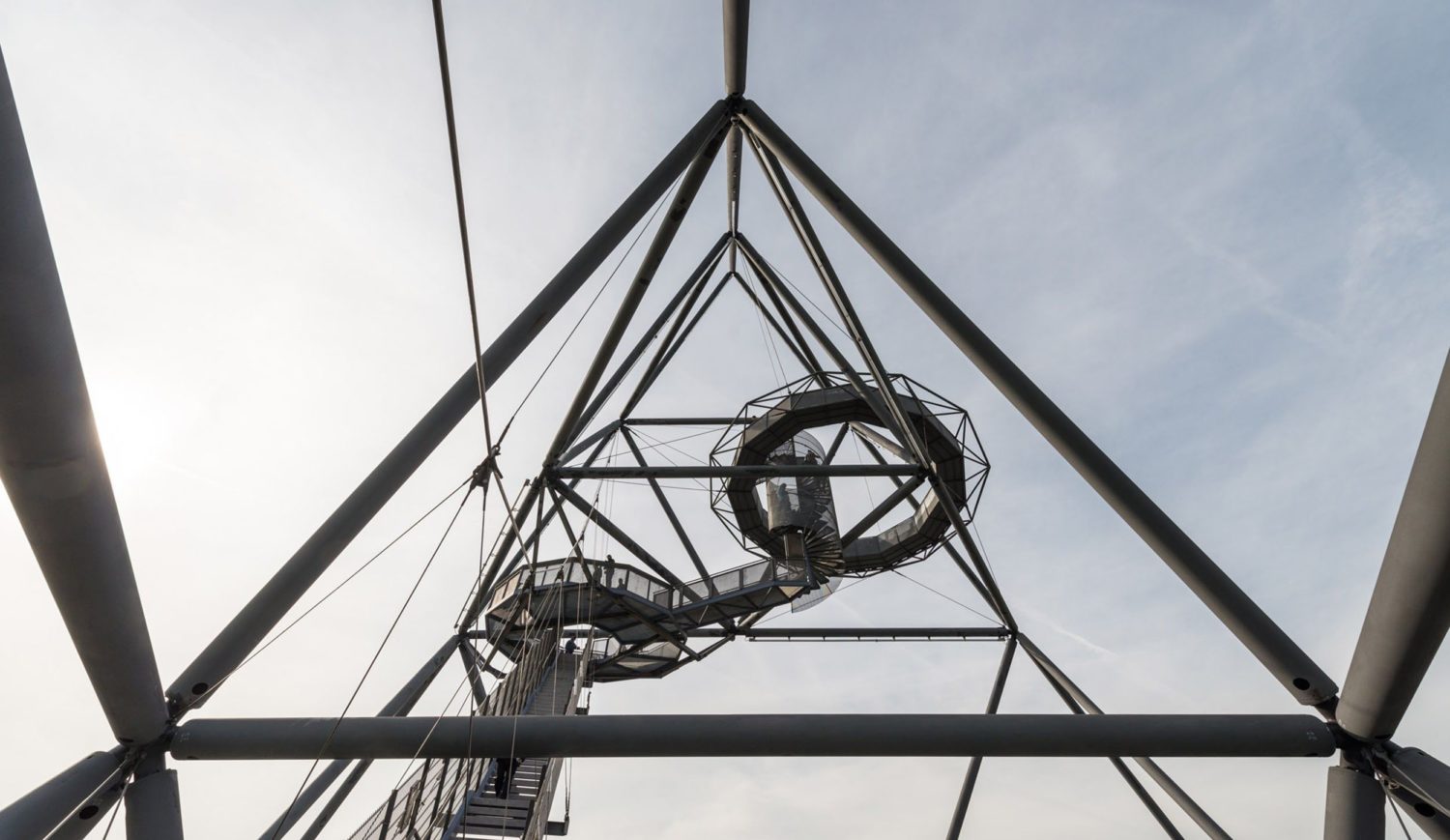
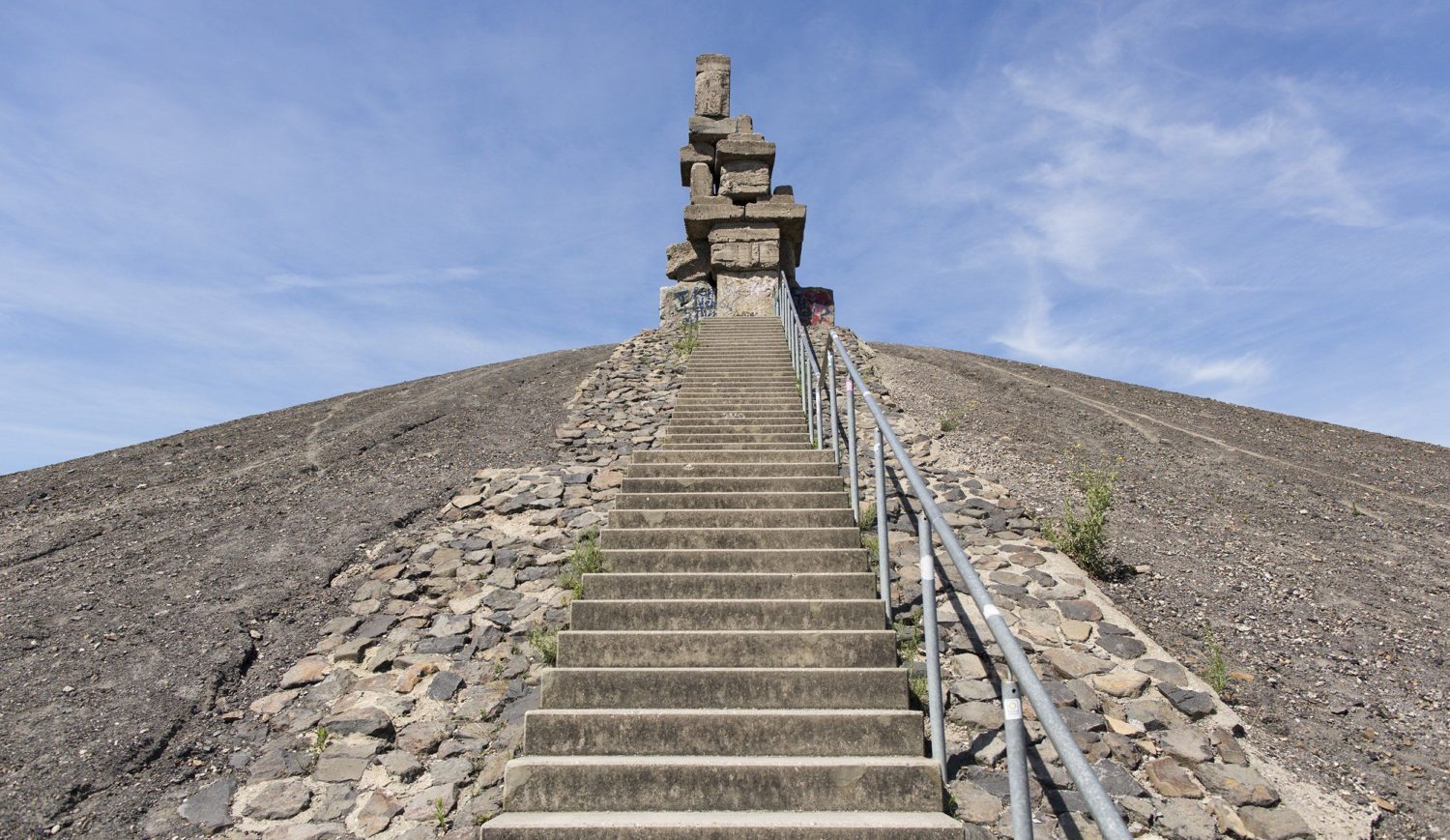
Nothing against high mountains, deep valleys and rushing mountain streams. As we all know, these are great occasions to spend your vacation days in high spirits. But let's be honest: Haven't we already had all that? True hiking avant-garde demands new, creative paths off the beaten track. How about, for example, an official Slag heap hill hopping in the Ruhr area? Never heard of it? Well, you can see how original this network of hiking routes, which covers around 200 kilometers and is divided into twelve themed tours in the northern Ruhr region, is. What's it all about? It's simple: Hiking guides who are as knowledgeable as they are talented at narration not only point us ignorant folks in the right direction, but also explain classic Pott topics en passant: The "Nature in Transition" tour, for example, leads 15 kilometers through the Hoheward slag heap landscape in Herten. Beware: 250 meters of altitude! Or, let's take the ambitious alternative for those who like to walk hard: the 53-kilometer long "Vestische Höhenweg" can be conquered and explained in three stages. The starting and finishing points alone sound like coal gold to the ears of the Ruhr region: It starts at the Henrichenburg ship lift and the final fanfare sounds at the Tetraeder in Bottrop. Our conclusion from an old miner's poem, appropriately made: "Every stone has a face here, the slag heap has a tremendous amount. If it told us the story, after years one would not reach the goal."
This is how you get to the ship lift Henrichenburg by train and bus: Plan arrival.
Cover photo: Swimming in the shadow of gigantic production facilities - industrial culture in Essen © Tourismus NRW e.V. Ketz
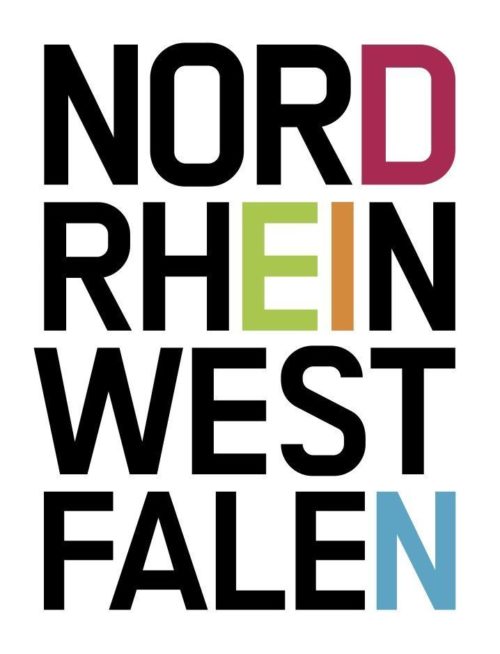
Reasons for a Vacation in North Rhine-Westphalia there are plenty - the living Cities, the old Castles and palaces and the unique Nature are just a few of them.
sponsored by
 |
|---|